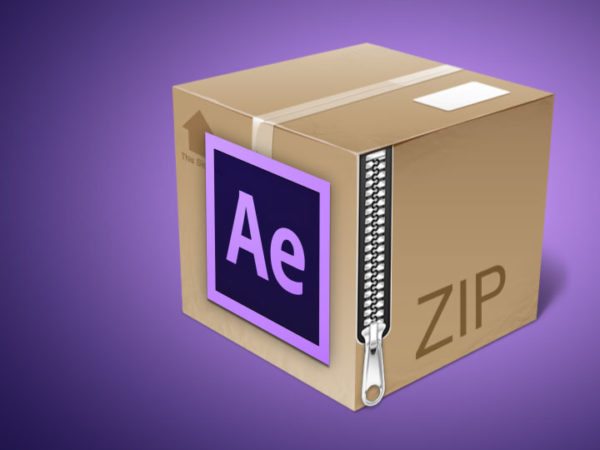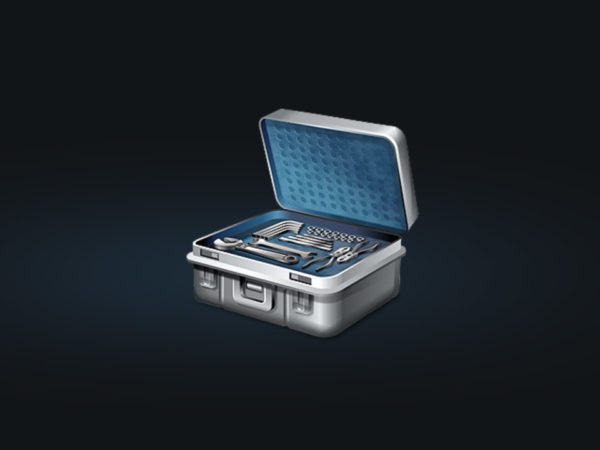
Have you noticed the increase in animated videos lately? It seems like they’ll be around for a while! Starting and evolving a career in the motion graphics industry is an exciting process. Below is a basic outline of topics to consider as you start your journey.
1.) Build Your Skill Set
The most important tool for anyone interested in 2D motion graphics is Adobe After Effects. There are several free resources for learning this program and you should visit as many as you can. It’s tempting to jump into tutorials that teach you how to blow things up or create abstract animations, but you should actually focus on learning the core concepts first. You could use our basics of After Effects tutorial series to get started, but it may be wise to consider formal training from an online school like MoGraph Mentor beyond that.
2.) Find Entry-Level Projects
Take on any projects you can get, even if you have to work for free. Check Craigslist, ask local businesses or offer to work for a non-profit. It’s critical to experience the variables that come with solving real-life needs with your work. However, be specific about what you’re looking for! This is where your reputation begins so do everything you can to deliver a great product and make clients happy.
3.) Understand Your Process
Figure out what you need to develop a successful project and write it into a clear outline. This will help clients know what to expect and how they can help you. The most frustrating part of freelancing will come from miscommunications in this area. Try to be clear and specific when explaining how you work and listen carefully when the client is explaining what they need.
Here are a few topics of discussion to consider:
- What are the project specifications? (Resolution, frame rate, etc.)
- What will the project communicate?
- What are the payment terms?
- How much time do you need to complete a rough and final draft?
- How many review cycles does the client get to suggest changes?
- What assets do you need from the client?
- What specific services are you providing?
- What copyrights will the client have to the final art? Original art? Project files?
4.) Maintain An Online Portfolio
The lifeblood of your business is having a place for potential clients to browse your projects. Make sure your website is clean, easy to navigate and that it features your best animations. If creating a website is too overwhelming, you should start by simply uploading your videos to a service like Vimeo, which has become the industry standard, as the video quality and organizational tools are fantastic. I’d also recommend editing a quick 1-2 minute highlight reel—more popularly known as a demo reel—so people can quickly see the style and variety of your work.
https://vimeo.com/138663428
5.) Adjust Prices
Knowing what to charge can be daunting for those that don’t like to talk about money. The key is to understand the value of your service and what other freelancers are charging. I’ve seen rates range from $150 to $800 a day depending on skill level. Another popular route is to use a flat rate based on the project’s complexity. Stay flexible at the beginning, but as you start to get too much work, steadily increase prices to test the waters. There’s no right answer, just try to find a balance that keeps you and your clients happy.
The key is to get out there, have fun and create! Never stop learning.
4 Comments
-
Thank you Adrian, it’s a good list!
-
Thank you for the tips!
-
wow Adrian
i am a motion graphics designer from GHANA
i was very happy when i saw ghana map in there.
i guess u did a job for some one or just YOUR LOVE for the country & the people\
well much respect for that.
let me ask 1 question here.Adrian
HOW DO I GET TO UNDERSTAND AND FOLLOW
THE WORKFLOW OF MOGRAPH IN BROADCAST DESIGNING-
Author
Thanks for the comment, Aundre. Yes, we did a project with USAID about a tool for investing in Ghana. Here’s a link for those that would like to see it.
By broadcast, I assume you mean television? That is an area of MoGraph I’ve actually never worked in and unfortunately don’t have any resources off hand that I could recommend. From what I gather though, it is more 3D intensive, so there are likely other tools needed that I’m not familiar with.
Best of luck to you!
-



